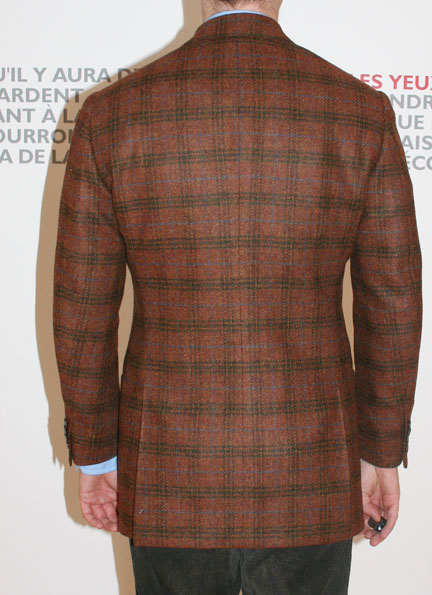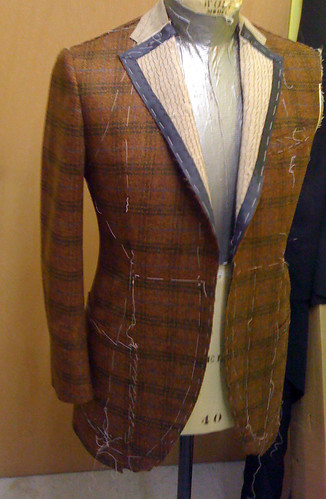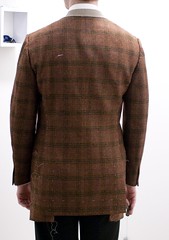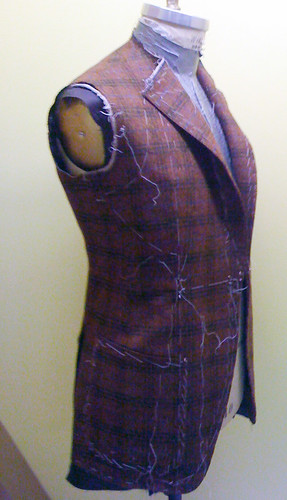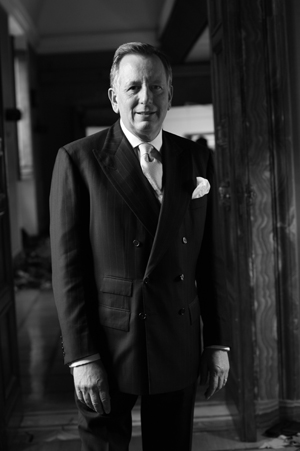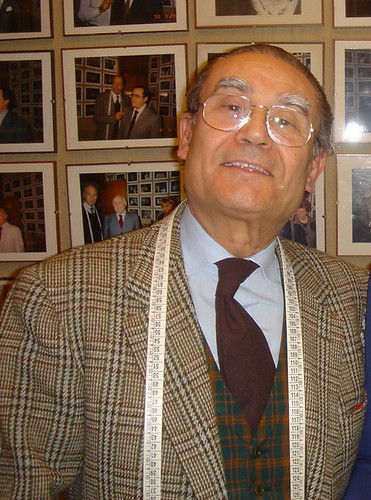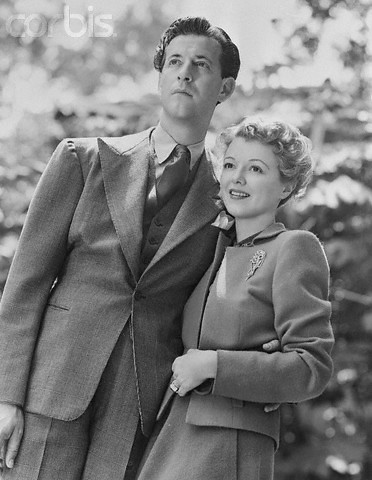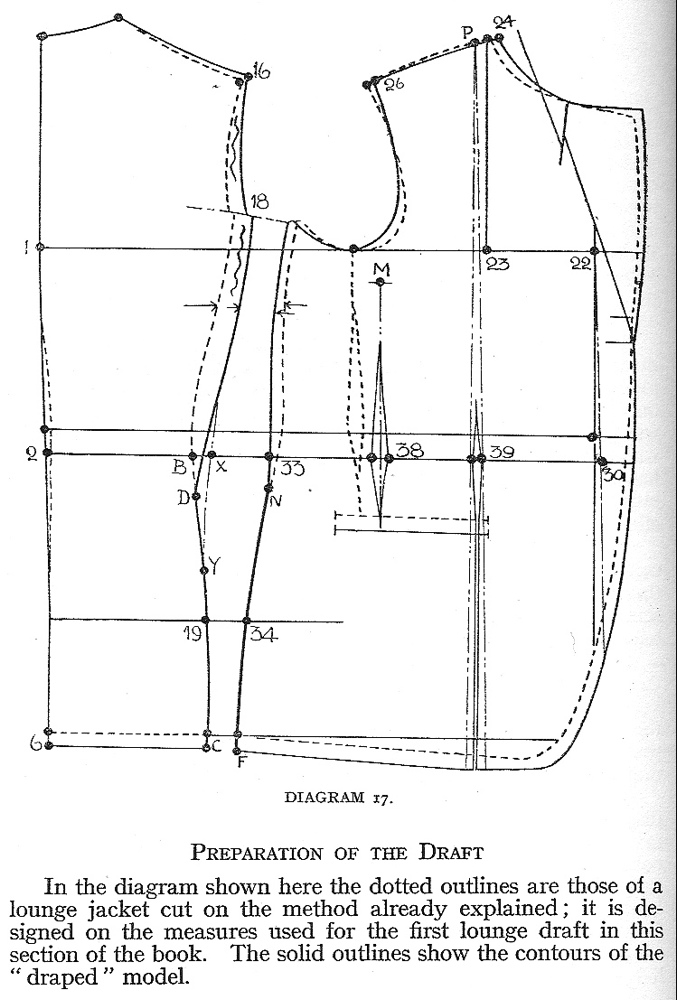Dropping the name Anderson and Sheppard into any serious sartorial conversation is like dropping a bomb; in the words of their former managing director, “You either swear by our coats or you swear at them”. For some reason, they inspire a lot of swearing.
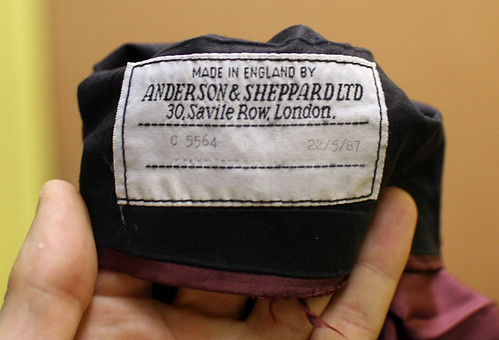
Founded in 1906 by Frederick Scholte’s undercutter, Per Anderson, the house has been fairly faithful to their house cut of a soft, draped coat. Depending on which sources you consult, this can mean all sorts of things. I admit that I am not a fan of what I have seen from them, namely overly wide, droopy shoulders and lumpy, messy chests, not to mention the backs and the sleeves which I think could be improved a lot. I also admit that their managing director, while credited with having brought them back from the brink, will occasionally say the darndest things which make my head spin and I immediately shut off and dismiss him. I suppose that is human, but it is throwing the baby out with the bathwater, perhaps. But there is so much mystique and lore surrounding them that I was, of course, insanely curious about their garment. So when a reader offered to donate a garment to science, I was thrilled.
Thank you, Simon.
They have a beautiful web page which is worth visiting, and an SF member blogs about the A&S's visit to New York here.
This coat was made in 1987 but the trouser in 1992- we can assume that the owner wore out the first pair and was fortunate enough that they had the cloth to make another pair five years later. The only information (other than the client name and date) on the label is an order number and the initial C. Often this represents the cutter’s name but we can’t assume anything yet (anyone know anything that they care to share?)
I have to say that this was a tough one. A very tough one. I try to be as objective as I can when examining a garment, especially one from which I can learn things. But his garment is a mess. Not just because of its age, which is showing. In fact, we can lay to rest another myth, namely that bespoke lasts a lifetime. It can, if well cared for. But it is not the rule; this garment has been repaired a number of times, and not well at all. It is also falling apart at the (hand-sewn) seams. Looking past the age and the repairs, the sewing is a mess. It is truly not worthy of any decent tailoring house, much less one that claims to be one of the best. I was having a very hard time preparing an objective, fair and balanced look when all I was tempted to do was tear it to shreds, literally and figuratively, and launch into a tirade, even though the garment is over 20 years and one can assume they have cleaned up their act since otherwise they would surely be out of business by now.
But then I put it on a dummy.
And paused.
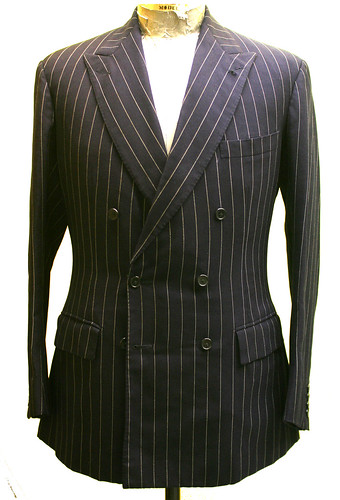

A&S has a possibly unwarranted reputation for cutting shapeless sacks. Certainly the ones I have seen were ugly things. But not this one; instead of wide, droopy shoulders, it has a moderately wide, softly padded shoulder which is in balance with the rest of the garment. And there is a shape. The most shapely garment I have ever examined. A huge drape allowance on the back, and ugly, bizarre sleeves. But shape- good shape. So, curious, I tried it on. It’s not my size, but I know about putting garments on my body which are not my size.
And then I paused again.
I think I stood looking in the mirror for a full fifteen minutes. Looking past the awful sewing, and some of the stylistic things that bug me, this silhouette did not look bad at all. I even caught myself thinking that if the cloth were not in such rough shape I could cut it down and wear it myself. Then I started moving around, and thought, damn, this thing IS comfortable. Then I had another look at the chest and the drape there. It was not the lumpy chest I was used to seeing, but a nicer fold, a real drape, not just bulk, and I can honestly say that at that moment I got it. I understood it. I also understood the bias canvas business, I think, but we’ll get to that.
The thing is, though, I suspect this is the work of Colin Harvey. The skirt has a flare that reminds me of the Prince of Wales’ garments, which were cut by Mr. Harvey. The C on the label would bear it out. So either there was once a maverick cutter at A&S whose work I can appreciate, or there was once a house style infinitely more palatable than what is being done now, which is possibly lost in time. Whatever the case is, keep in mind that the following is, after all, a review of a 20-year old garment and can’t be taken for a reflection of the house today since there have been a number of changes of staff. We hope there were changes in the level of quality as well.
A DB three by two and a single forward pleated trouser with side tab closures; I understand that it is unusual that this coat had a front dart and a separate side body which helps to give it shape.
Here we see the massive back drape

And a sleeve which I find atrocious but which I have actually concluded will give you more movement than a cleaner one. More on that in another post.

I won’t bore you with all the gory details, just some of them. And you may think I’m being nitpicky about silly things like pattern matching. But pattern matching is a sort of signpost. There are so many details in a garment that you can’t see, that we pay special attention to certain details like pattern matching as a sign of the level of attention to detail. If the things you can see are not done well, you can assume that the things that you CAN’T see are also not done well. So while I can see the rest and judge it, you may not be able to. That’s why pattern matching and things like that are important.
A&S is one of the few that bother to match the pocket jets, as a sign of their attention to detail. It is sad, then to see one pocket so madly mismatched.
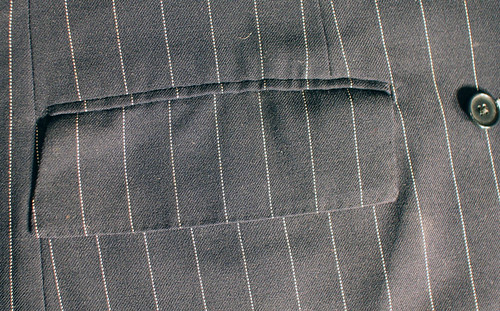
The other pocket is much better; maybe it was the tailor’s excitement in doing a much better job on this pocket that led him to forget to pick stitch it. I am joking in part, but not about the forgetting to finish it part.
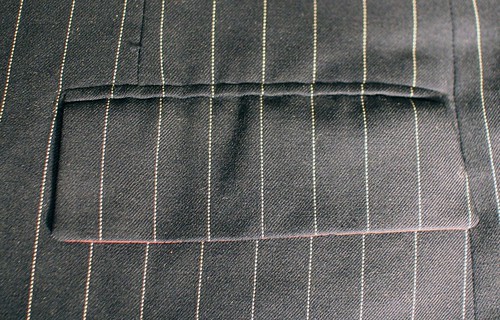
The collar is another spot- the collar should match the back. Like the pockets, they got one side right, just not both.
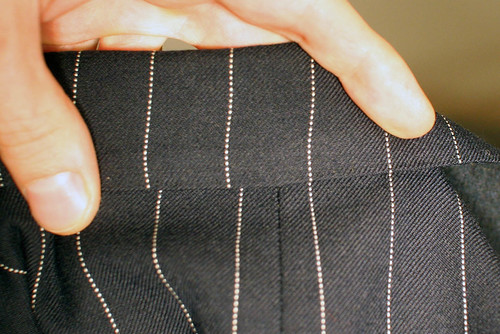
Their much-vaunted hand-sewn armhole seam is coming apart
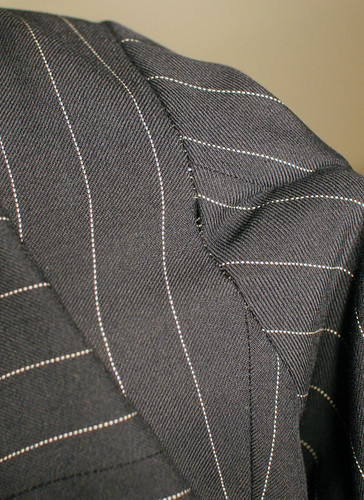
as is the gorge.
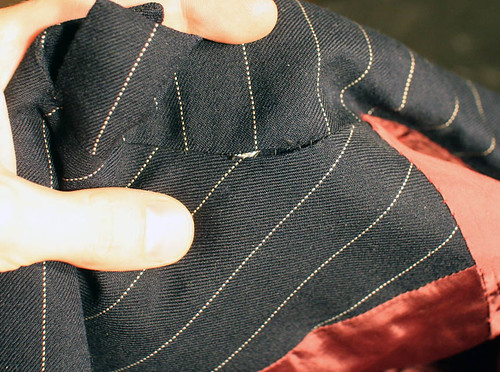
The tab closures are sloppy
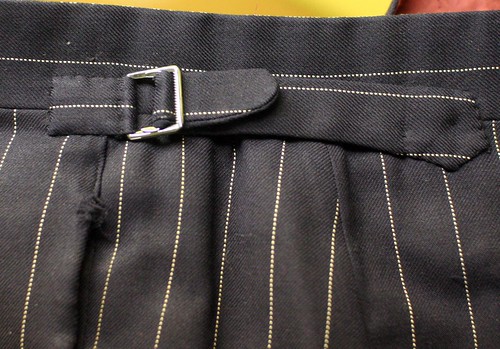
And the breast welt has sagged so much that the facing seam shows.
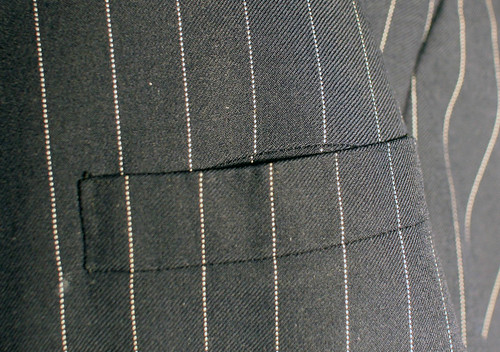
In a previous post I remarked that, while scrounging on ebay I was surprised by the lining, thinking that they had taken the step of cutting the inside pockets directly onto the lining, which is not only weak, but makes lining changes difficult. When I put my hands on the Huntsman and Poole garments I found I was wrong and they had been carefully crafted by hand to resemble the cheaper way of doing it, but the pocket was actually mounted on concealed cloth and in a way which made changing the lining easy when it wore out.
Imagine my surprise to find that not only has the lining been inserted by machine, but the pockets are cut directly onto it, the way I initially feared they would be. And they are absolutely sloppy pockets.

And this is what happens over time when we make sloppy pockets, only now it is a big job to change the lining because of the way it was initially made.
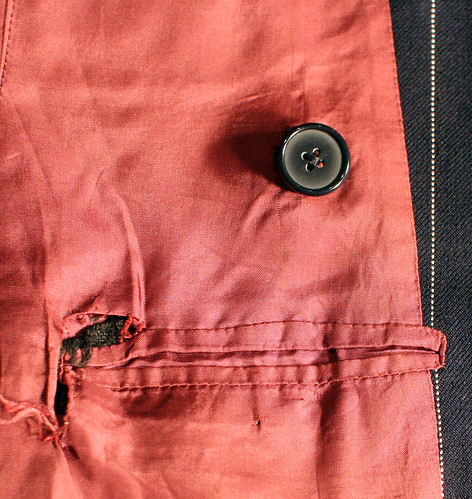
The hem is sloppy
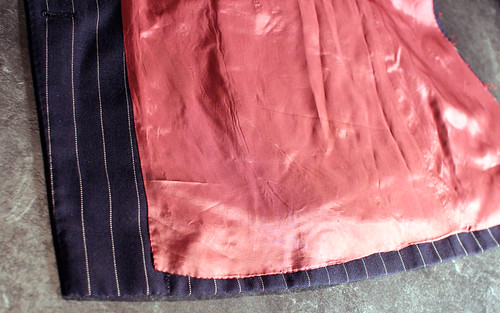
And the neck is worse

The trouser finishing is no better, and to add insult to injury, they have used black thread on red lining. In several spots of the trouser and the coat.
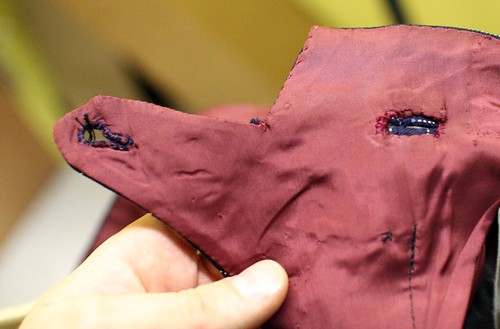
Then things get more interesting. The linen canvas, which was expected, is cut on the straight grain, which was not. They are known for cutting their canvas on the bias.

Their MD has explained that bias-cut canvas has the benefit of stretching in the length, to which I say “So what?” The coat does not stretch so why should the canvas stretch? There is no vertical tension on the coat, it does not button up under your crotch or get hooked onto your plus-fours, so why the need to stretch? It makes no sense at all.
BUT the merits of bias-cut cloth have long been known because of its unique ability drape. Ah. Vionnet was a genius with bias-cut cloth and was a huge influence on my dress-making days. Aside from stretching, the bias allows cloth to roll in a way that the straight grain does not. So if the drape in the chest were allowed to roll, a bias-cut canvas would help it. THIS would make total sense. So maybe old John is ad-libbing instead of sticking to the script. In any case, it will only roll if it is not impeded by the chest canvas which usually extends into the armhole.
We see here that the chest canvas is cut well clear of the armhole; this will allow the excess cloth cut for the drape style to fold near the scye instead of puffing out like a swelled chest would do. Taking off the domette we can see that there is haircloth underneath, just a smaller, carefully positioned piece.

Unfortunately, the haircloth is of a very bad quality and is migrating- you can see the hairs jutting into the armhole

And the fact that I can pull it out easily shows there is no crimp to the hair which would have prevent this migration. It would also have prevent the vee from coming apart at the shoulder as it did. When you feel prickly, plastic-like things poking your chest, it is probably bad haircloth that is migrating like this one.

The shoulder has one little piece of wadding supported by a piece of linen and covered by a layer of lining. Just a whisper, but it is enough since the shoulders are not exaggeratedly wide. The shoulders they cut today need much more support to keep them up, and yet they sag.
What do I conclude from this? Well, I know a few things about drape that I didn't before and see what I did wrong on my previous drape experiment. I also know that it's worth a second look. So stay tuned, as we will be making some more drape.
(I hear the sound of Sator weeping....)
UPADTE
Some comments from Mr. Seitelman which are valid and deserve a response (thank you, Mark)
Dissection is an interesting exercise, and I have followed your blog.
Indeed, Mike Cohen, former president of Oxxford, used to dissect competitors' suits. he knew how to do it so as to put the suit back together.
We follow in Domenico Caraceni's great tradition of examining other people's clothes.
the examination of the this suit is not necessarily a fair example of A & S workmanship either back in 1987 or today.
I was quite clear that it is not a reflection of their work today.
For example,
1. It is a 22 year old suit which has been worn to death in probably rain, snow, etc.
I have taken this into consideration and not shown the parts which have worn out due to age and been repaired; the repair work is truly disgraceful and while it would be normal for A&S to do their own repair work it is not a given. What has been shown is, in my opinion, the result of sloppy work or faulty trimmings (with one exception).
MS-2. Due to its age, it is to be expected that a much of the hand sewing would be coming apart especially if it were worn regularly. Similarly, the canvases would age. Does not a brick building require repointing every 20 years? I would say that if the suit had been relined, some of the issues with the canvas would have been corrected.
I agree with you, however one of the arguments that many use as a justification for hand sewing is that it is supposed to be stronger and last longer, which is often not the case, just the opposite. I merely intend to illustrate that point. The canvas would have to be replaced to correct the hair migration and I doubt they would have done that in the course of a reline. It's a problem with the material they used which caused it to fall apart.
3. Due to age and perhaps poor maintainence there would be sagging of certain parts, such as the outside chest pocket.
The breast welt is usually made in such a manner such as the facing seam will never show, even if the pocket should sag. This pocket was badly made.
4. We do not know if this suit were made for a customer or for one of the cutters or tailors. If it were made for an A & S employee, then certain shortcuts might have been taken to get the suit done quickly.
This suit was not made for an employee, it was made for a person who is known to the public. I have obscured his name on the label for privacy.








































